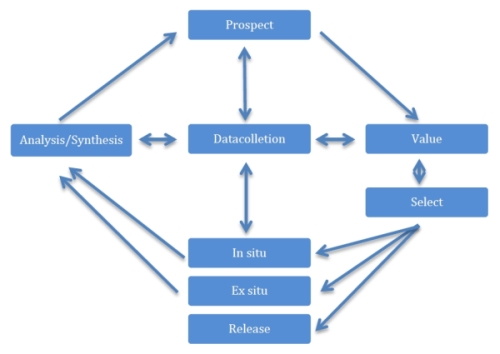
|
Digital Humanities Workbench |
Home page > Special topics > Digital archaeology > Introduction Digital archaeologyIn recent years, major leaps have been made in digitally documenting and exchanging research data in archeology, and many ICT applications are also used in academic research in this field. When performing archaeological research in the Netherlands, the steps of the Archaeological Monument Care (AMC) cycle are followed:
All these steps include ICT support. In this special topics section on digital archaeology, several ICT applications are described that are used within the various stages of the AMC cycle, ordered in three subsections: preparation (prospect: desk research and exploratory field research), data collection (excavation) and data analysis (descriptive and analytic research).
GISArchaeologists use GIS (Geographic Information System) for virtually all forms of data collection, processing, analysis and presentation. Seeing as most archaeological data have a spatial component, GIS is the most obvious digital environment for storing and editing data. A distinction should be made between data storage, which involves creating a geo-information database, and the processing performed and displays made in specific software packages such as ArcGIS, QGIS or MapInfo. Since the use of GIS is not restricted to archaeological research, this analytical tool is described in more detail in the general section on spatial analysis of this workbench. |
Other topics in this section: Preparation Data collection Data analysis |


